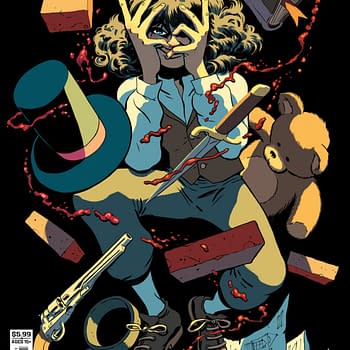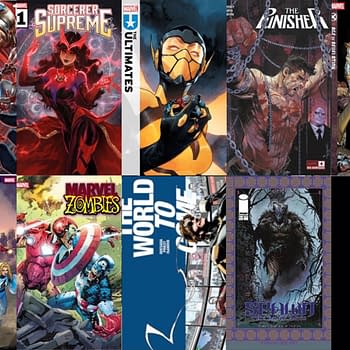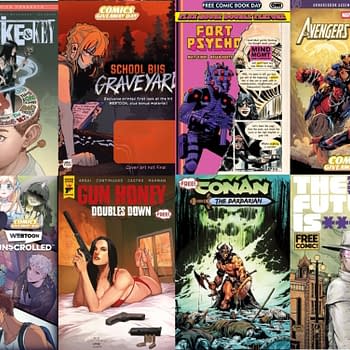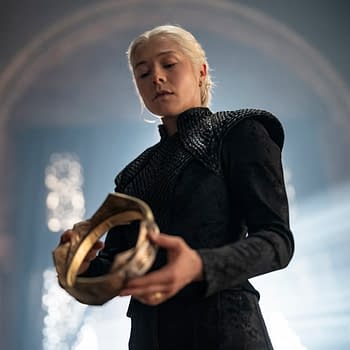Posted in: Recent Updates | Tagged: dennis o'neil, denny o'neil, denny o'neill, how to write comics and graphic novels, How to write comics and graphic novels by Dennis O'Neil, university
How To Write Comics And Graphic Novels by Dennis O'Neil #7 – A Beached Hero

If we were breathing the same air–if you were sitting (snoozing?) in front of me during one of my New York University classes and the subject under discussion was the characterization of heroes, I might blather on about Maslow's hierarchy of human needs and Campbell's Hero's Journey Outline and Vogler's adaptation of Campbell's work. Instead of burning off column inches by going into all that, I will save myself a lot of keyboarding and simply recommend a book: The Scribbler's Guide to The Land of Myth, by Sarah Beach, which contains all the information mentioned above and much, much more. (Full and largely irrelevant disclosure: Ms.. Beach was kind enough to dedicate the book to me, and I thank her for that.)
I'll wait until you've read Sarah's book.
All done? Good, wasn't it?
Just so I can't be accused of being lazier than usual, I'll add a few hundred words of my own, and I'll begin with a definition of "hero:"
The hero is–must be–the agent of the story's resolution. Furthermore: the hero must act on the situation, rather than be acted on, and s/he must be directly involved in the main plot. I suppose the hero can be an antihero–behave badly–if s/he fulfills those requirements. But since "hero" has a pretty precise definition–it's from the Greek and the original means "to preserve and protect"–we might be more comfortable referring to creeps and cads who serve the hero's narrative function as "protagonists."
For the rest of our time together, we'll make it easy by assuming that our actors-on aren't creeps and cads, okay? I'm aware of the trend, which I first noticed in the 80s and which has reappeared, of giving heroes, even and perhaps especially long-established one, some unsavory characteristics. I'm not going to throw rocks at the bright and creative folk who have done these stories. Rather, I'd like to suggest a simple test for whether you should take Captain Goody Two Shoes and remake him into Private Poopy Loafers.
Do the hero's actions add to or distract from the story?
In other words: are you doing the revamp merely to make the nominal hero look creepy. If so, I'm afraid you're a bit like a kid scrawling a naughty word in wet concrete. Get past the momentary shock and what do you have? Maybe something to amuse those who are in rebellion against their inherited values, and hooray for them!–where I come from they're the people most likely to accomplish something. But you might not be creating a narrative for the ages, nor one of wide appeal.
Television's Dexter has to be a serial killer for the series to work. Frank Miller's recast of Batman in the original Dark Knight Returns is necessary for a novel that emphasizes certain aspects of the character that were only implicit in earlier iterations. (And later writers who chose to emphasize other aspects were also doing a proper job.)
But ickiness for the sake of ickiness? Maybe best not to try this at home.
Dennis O'Neil teaches a ten week course on Writing Comics And Graphic Novels at the New York University. Classes are every Wednesday evening from 6.45pm to 9pm.. For further information, please call NYU's School of Professional and Continuing Studies at Studies at 212 9987200.











